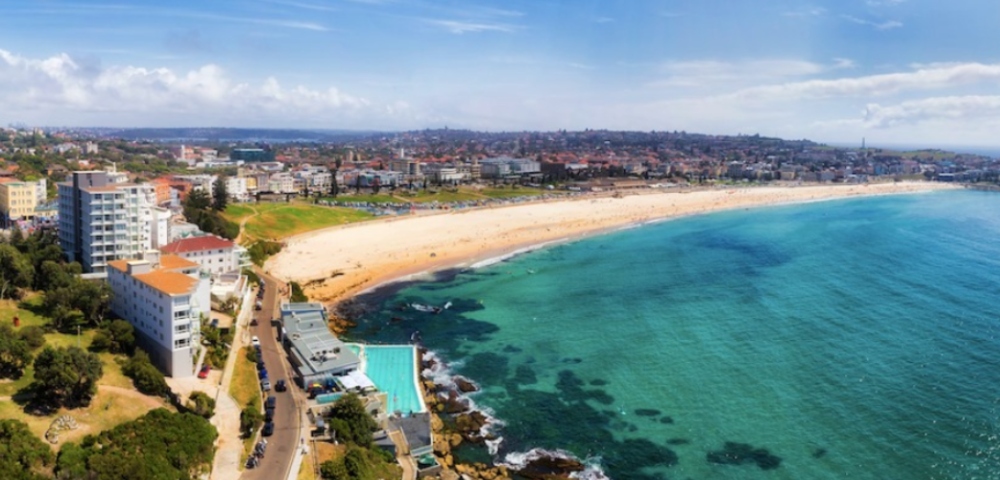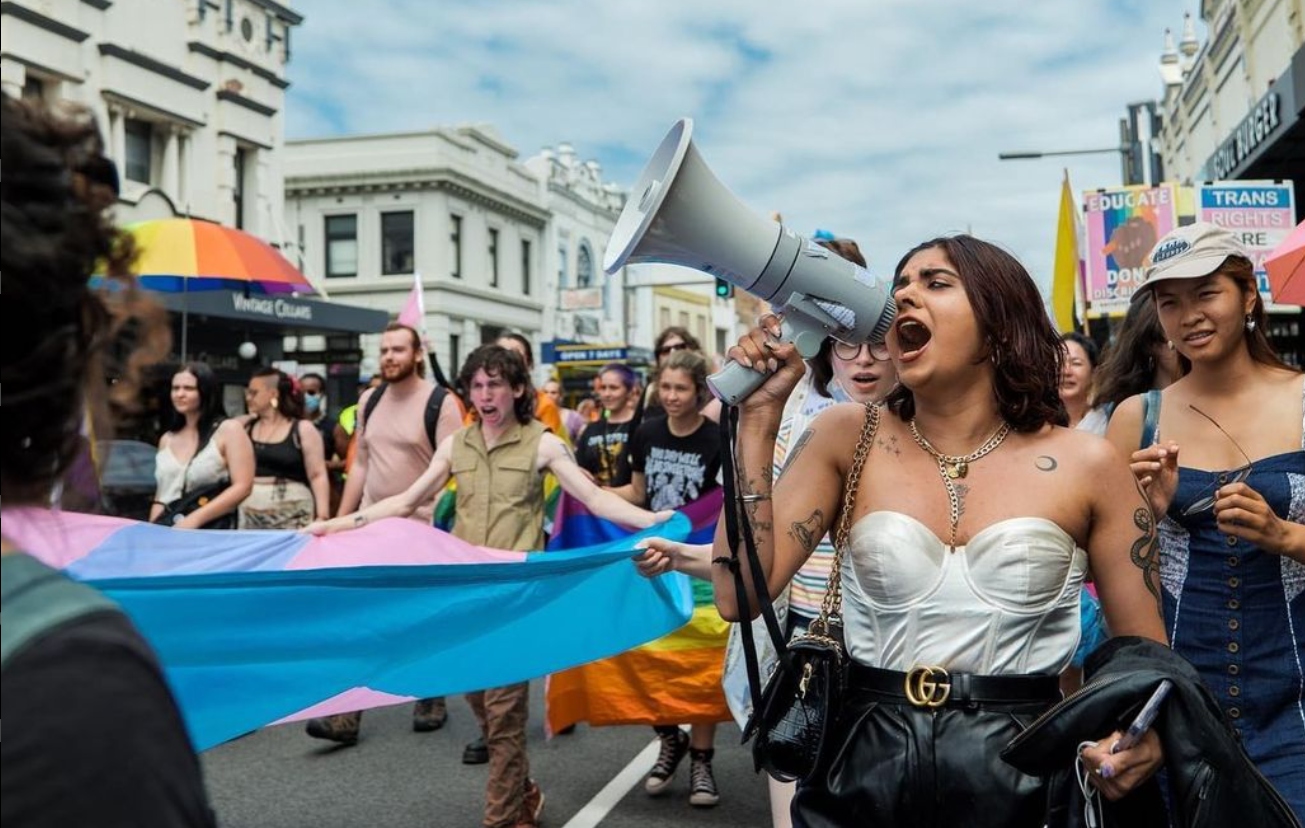
Will Waverley become the most accessible place in NSW?

by GRACE JOHNSON
Waverley Council is making moves to improve accessibility following reports of people with disability experiencing difficulty getting around their local communities.
In tonight’s Waverley Council meeting, Councillors Tony Kay and Angela Burrill will put forward a motion discussing solutions for accessibility.
Home to some of the most beautiful beaches and coastal areas in Sydney, the Waverley district also presents various topographical challenges and ageing infrastructure that need to be considered in improving accessibility.
Part of the motion also asks that Council note a resolution from 2021 for Waverley to become the most accessible place in NSW, referring to Sydney being listed as one of the top 25 most accessible cities in the world on travelpulse.com.
The previous motion also noted that improved accessibility and inclusion are important marketing tools, “acting as strong attractors in any tourism strategy promoting Waverley’s reputation in this area.”
It was also pointed out that the Destination NSW website only provided information on activities in Sydney CBD and Manly for those with disabilities, highlighting a competitive slant to the 2021 resolution.
On Waverley becoming the most accessible place in NSW, Councillor Kay said to City Hub, “Waverley has a long way to go to improve accessibility but have been working on audits and improvements as public work is done.”
“Unfortunately many of the older kerb ramps are not angled correctly and can point blind or low vision persons into the path of traffic. Even on newly upgraded footpaths without installation of tactile markers they are not safe.”
The motion also asks that officers prioritise the installation of Tactile Graphic Surface Indicators (TGSIs), known as tactile markers, at existing continuous footpath treatments in Waverley, starting with high pedestrian areas in Bondi Junction.
Difficulties for people with disability
Currently, there are some significant risks to people with disability getting around in the Waverley area.
Councillor Kay said, “Waverley Council have installed new continuous footpath treatments in Bondi Junction and near Bondi Beach that no longer have kerb ramps or tactile markers between the footpath, bike paths/lanes and roads.”
“This presents a major issue for those who are blind or have low vision as they rely on the ramps and tactile markers to direct them safely,” he said.
Guide Dogs Australia conducted research between February and March earlier this year to understand the needs of people with low vision or blindness when accessing their communities.
Alarmingly, around 80% of all respondents lacked confidence in crossing roads when the footpath and road were at the same level.
Yet this urban design trend of ‘continuous foot paths’ is only proliferating across NSW communities, and without design specifications that consider the needs of people who are blind or have low vision.
It’s important that the transition from a footpath to a hazardous road be clear so that people with disabilities can move independently and safely.
Councillor Kay said, “The challenge for councils is that there are accessibility solutions need to be applied to each intersection on a case by case basis and this makes it difficult and costly to study each scenario and apply individual treatments.”
“Having said that, Continuous Footpath Treatments should have common objectives, but this does not appear to be borne out in practice,” he continued.
“For example, stop lines/signs are not always located immediately before the pedestrian desire line, thereby impacting safety.”
Pedestrian desire lines are unplanned paths or routes used in preference to, or in absence of, a designated path, like the paths worn into grass by repeated foot traffic.
Council’s Disability Inclusion Action Plan
The Waverley Council’s four year Disability Inclusion Action Plan (DIAP) began in 2022, with more than 130 people participating in engagement activities.
This is Council’s second DIAP since the introduction of the NSW Disability Inclusion Act in 2014 and builds on actions taken by Council over many years to improve accessibility and accessibility in Waverley.
Council heard back from younger and older people with disability, families, carers and services with diverse experience of disability including physical, sensory, neuro diverse, cognitive, mental health, and chronic illness.
One participant said, “Most footpaths are badly in need of repairs, with cracks and uneven surfaces. Ramps and footpaths at intersections are steep and difficult to use with wheelchairs.”
Depending on the outcome of the motion, officers will possibly be requested, through Council’s internal Acess and Mobility Working Group to continue to conduct access audits of the Bondi Junction commercial area and villages centres throughout Waverley.
The goal will be to plan, prioritise and action improvements to continuous pedestrian paths of travel.
This will include footpaths, kerb ramps, cycleways, continuous footpath treatments, shared paths, shared zones, unsignalised pedestrian crossing, and signalised intersections using a staged approach to create outcomes as soon as possible.
Officers will be asked to request design input on the accessibility initiatives from Guide Dogs NSW and other stakeholders in the vision impaired area.









